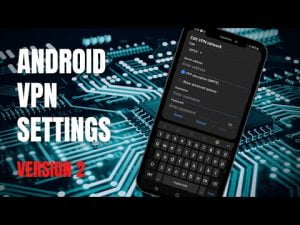Hey there, it’s yo boy tweaks ph, and today we’re going to talk about some basic commands in Termux that you should know!
Video tutorial:
ls command:
First up is the ls command. This command lists all the files and folders in the current directory. For example, if you type ls in the terminal, you’ll see a list of all the files and folders in the directory you’re currently in.
cd command:
Next is the cd command. This command lets you change the current directory. For example, if you type cd myfolder in the terminal, you’ll move into the “myfolder” directory.
pwd command:
The pwd command stands for “print working directory”. This command shows you the current directory you’re in. For example, if you type pwd, you’ll see the path of the current directory you’re in.
mkdir command:
The mkdir command lets you create a new directory. For example, if you type mkdir newfolder in the terminal, you’ll create a new folder called “newfolder”.
rm command:
The rm command lets you remove files and folders. For example, if you type rm myfile.txt in the terminal, you’ll delete the file called “myfile.txt”. If you want to delete a folder and everything inside it, you can use rm -r myfolder.
cp command:
The cp command lets you copy files and folders. For example, if you type cp myfile.txt mynewfile.txt in the terminal, you’ll make a copy of “myfile.txt” called “mynewfile.txt”.
mv command:
The mv command lets you move files and folders. For example, if you type mv myfile.txt myfolder/ in the terminal, you’ll move “myfile.txt” into the “myfolder” directory.
cat command:
The cat command lets you view the contents of a file. For example, if you type cat myfile.txt in the terminal, you’ll see the contents of “myfile.txt” in the terminal.
echo command:
The echo command lets you print a message to the terminal. For example, if you type echo “Hello, world!” in the terminal, you’ll see the message “Hello, world!” in the terminal.
top command:
Finally, the top command lets you view information about the processes running on your device. For example, if you type top in the terminal, you’ll see a list of processes and how much resources they’re using.
That’s it for the basic commands in Termux! I hope this helps you get started with using the terminal.




